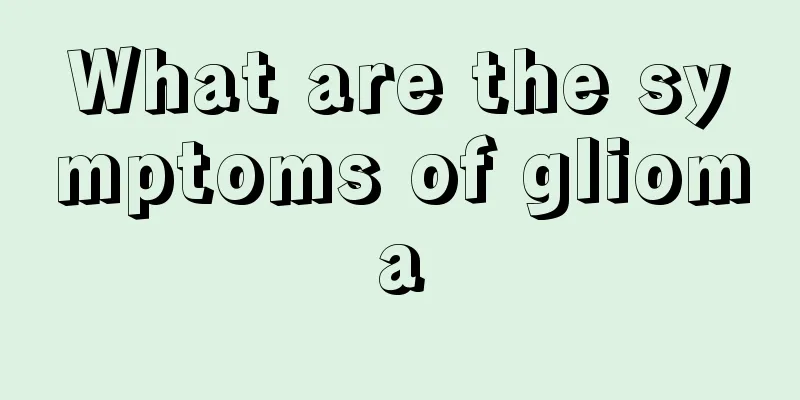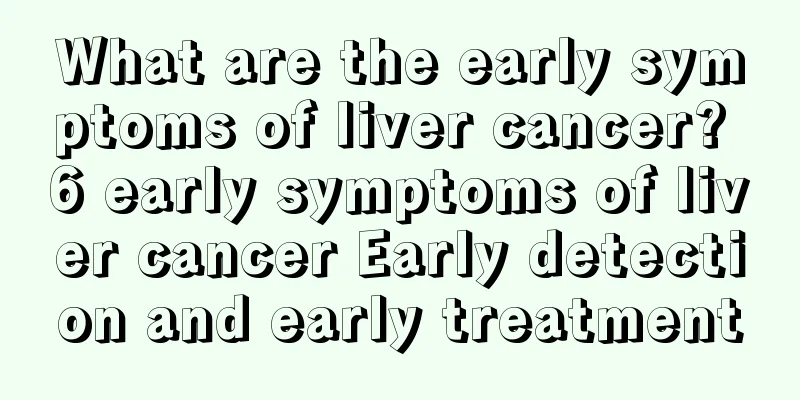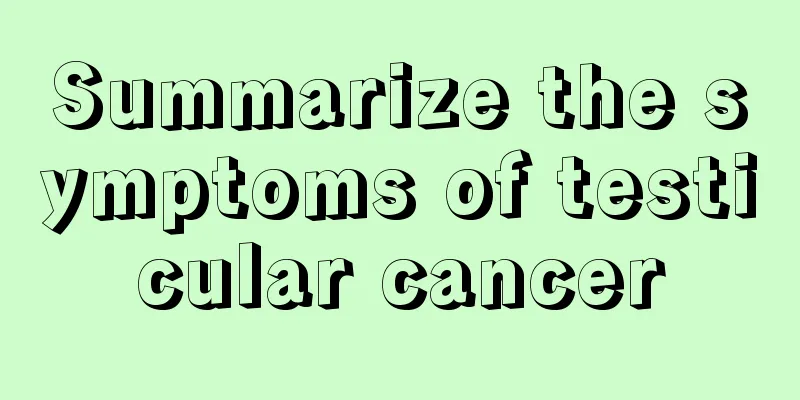What are the symptoms of glioma

|
There may be many friends who have not heard of the disease of glioma. Glioma is a tumor mainly occurring in the neuroectoderm. This tumor can damage the glial and nerve cells, and further affect the patient to cause symptoms such as headache, nausea and vomiting, and unstable standing. Therefore, everyone should pay attention to this disease. 1. Astrocytoma The malignancy is not high, the growth is slow, the course of the disease is long, and the symptoms appear earlier when the lesions are located under the tentorium. The local symptoms of lesions in different parts are different, but the progressive chronic increase in intracranial pressure is the same. The main treatment is surgical complete resection, supplemented by radiotherapy and chemotherapy, and brain herniation occurs in the late stage. 2. Astroblastoma Astrocytoma III The clinical manifestations are similar to those of astrocytoma, but the disease progresses faster, with an average course of about one and a half years. 3. Glioblastoma multiforme astrocytoma IV The tumor is highly malignant, grows fast, and has a short course of 3 months on average. Some tumors develop with bleeding, and symptoms of increased intracranial pressure are obvious. Many patients also have epileptic seizures. Localized symptoms are prominent and develop rapidly, with corresponding symptoms occurring depending on the location of the tumor. 4. Ependymoma Occurs in the ependymal cells of the ventricular system and the underlying glial epithelial cells. It is more common in children and young people. It is located in the ventricles and can also extend into the brain substance. The tumor is large and occasionally multiple. The average course of the disease is one year. The course of the disease is usually shorter in the fourth ventricle. It often presents with symptoms of increased intracranial pressure such as headache and vomiting. 5. Medulloblastoma It is a common type of brain tumor in children, mostly located in the cerebellar vermis, protruding into the fourth ventricle or filling the ventricle, forming obstructive hydrocephalus. Bleeding may occur in the tumor. Symptoms include headache, vomiting, and unstable gait and standing. |
<<: What should patients with nasopharyngeal cancer eat and what should they avoid?
>>: What is the cure rate for HER2-positive breast cancer
Recommend
What are the incidence and mortality rates of prostate cancer
What are the incidence and mortality rates of pro...
Don’t be a phubbing person, you must do these three things
Not being a phone-dwelling person is a slogan put...
Answer: What to do if your hair becomes curly after straightening
Many female friends find that their hair becomes ...
Which is better, artificial insemination or test tube
In fact, there is nothing particularly good or ba...
What are the benefits of silver to the human body
Since ancient times, people have longed to wear g...
What dishes should we eat often in summer to nourish our stomach?
When the heat strikes, many people can't help...
What are the early symptoms of non-small cell lung cancer? Dietary considerations for patients with non-small cell lung cancer
Lung cancer is one of the most common malignant t...
What is antibiotics
In fact, many people are not unfamiliar with anti...
How long does it take for soy milk poisoning to be cured
For most people, soy milk is a health drink becau...
Can mild gastric bleeding heal itself?
Our stomach and intestines are responsible for di...
What are the methods to treat toothache
Toothache is not a disease, but it is very uncomf...
At what age does rectal cancer usually occur
Rectal cancer is one of the most common malignant...
7 things to know when having ultrasound examination for pancreatic cancer patients
Among the examination methods for pancreatic canc...
What gift do men want to receive most?
Men and women have different views on gifts, so t...
What causes stomach cancer? Pay attention to these
Every disease is caused by certain reasons. The i...









